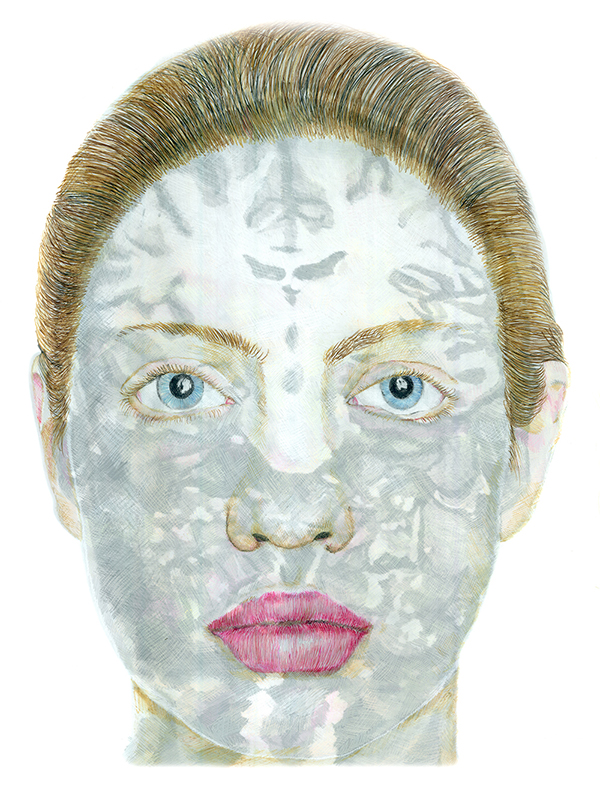Like most 23-year-olds, Erica Sellers didn’t give much thought to an unexpected, life-changing event.
On April 9, 2013, a routine bike ride from her Bronx studio production job to her former Upper West Side apartment changed all that. She was struck by an SUV at a Bronx intersection and thrown to the ground. She remembers landing with a thud on the pavement. She credits her helmet for sparing her brain damage, though she did suffer a gash above her eyebrow, a black eye, a broken finger and a badly twisted left foot. She also suffered a concussion.

Erica says CT-scans done in an hospital emergency room found no severe brain damage but Erica, a self-described artist and science geek, became intrigued when she learned about the Bronx Concussion Outcomes Study at Albert Einstein College of Medicine run by Michael Lipton, M.D., Ph.D., a noted expert in mild traumatic brain injury and medical director for MRI services at Montefiore Medical Center. Erica says she volunteered to join the study hoping to learn more about her condition and possibly help others.
The experience was informative and despite concern about her brain health she was fascinated by the imaging equipment in Dr. Lipton’s lab. She reports feeling grateful to receive a DVD of her MRI studies at the study conclusion. She says she became mesmerized by the DVD—repeatedly playing the MRI studies in a loop.
“It’s eerie and beautiful looking at yourself from the inside out,” she said in a recent conversation with The Doctor’s Tablet editors.
And so she began drawing. First, she started with the MRIs – then she began overlaying her face on the MRI scans using graphite and colored pencil on Mylar, a strong polyester film. The images are provocative. Erica says, for her, art and science have therapeutic value. “As a method of escape or distraction, I wish more people would take their chronic pain and put it into a creative mindset that can create self-healing.”
She is grateful that she does not experience residual problems from her concussion, though she says her body has not completely healed. She remains upbeat but laments that her life has slowed down. She can no longer run without sharp pain and uses ankle braces and compression stockings for support due to residual inflammation in her left foot.
Now 24, Erica recently wrote about her experience in a blog post featuring more of her MRI-based drawings, titled Research Head 410: the name assigned to her case in Dr. Lipton’s study.
Have you used art to heal from a painful experience? Leave a comment and share your story.

